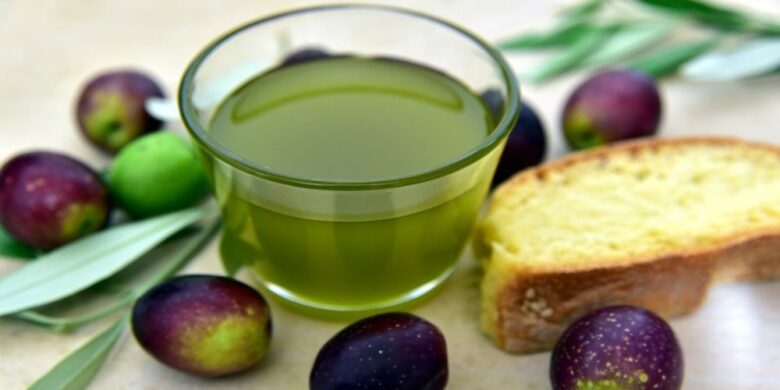Extra virgin olive oil, often considered the crown jewel of culinary oils, has a rich history that dates back thousands of years. This guide dives deep into the making of extra virgin olive oil, providing a thorough understanding of its production process, from the cultivation of olive trees to the bottling of this liquid gold. We aim to demystify each step, offering valuable insights into the traditional and modern methods that contribute to the creation of this esteemed product. Whether you’re a culinary enthusiast or a casual consumer, this exploration will enhance your appreciation for extra virgin olive oil and its multifaceted journey from orchard to table.
The Origins of Extra Virgin Olive Oil
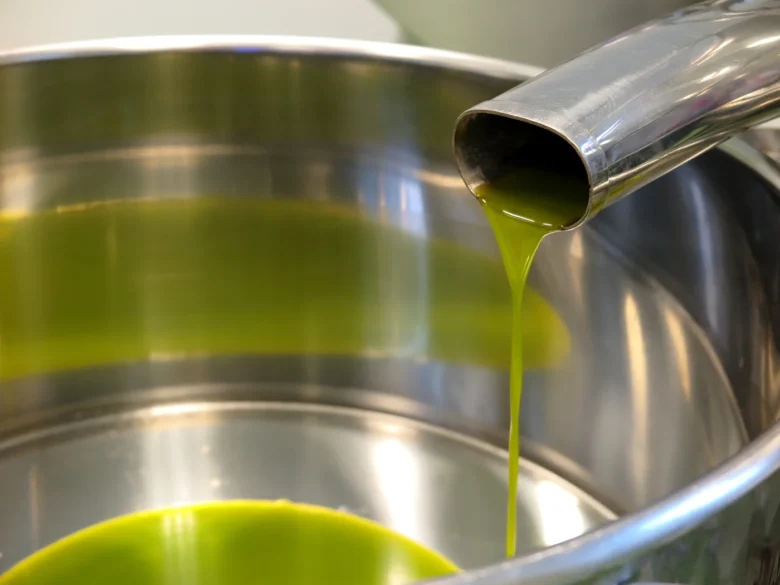
Extra virgin olive oil has roots deeply embedded in ancient civilizations, tracing back to the Mediterranean basin where olive trees were first cultivated over 5,000 years ago. This product was not only a dietary staple but also a symbol of cultural significance, used in religious rituals, medicines, and as a beauty product. The enduring legacy of olive oil production has been passed down through generations, with traditional methods still influencing modern practices. Today, its production remains a testament to its time-honored origins, reflecting a blend of history, tradition, and the enduring value placed on quality and purity.
Cultivation of Olive Trees: From Orchard to Table
The journey of extra virgin olive oil begins in the tranquil orchards where olive trees thrive under the Mediterranean sun. Cultivation practices play a pivotal role in determining the quality of the final product. Farmers meticulously care for their trees, ensuring optimal health and productivity. The process involves careful selection of varieties suited to the local climate, strategic pruning to maximize sunlight exposure, and sustainable farming techniques to preserve soil health.
Harvesting: Timing and Techniques
Harvesting olives is a critical step that demands precision and timing. The goal is to pick the olives at the peak of ripeness to capture the perfect balance of flavor and acidity. Techniques vary from traditional hand-picking to more modern mechanical methods. Each approach has its advantages, but all aim to minimize damage to the fruit and tree, preserving the olives’ inherent qualities. This delicate process requires skill and experience, as the timing of the harvest can significantly affect its characteristics, including its aromatic profile and polyphenol content.
Pressing Olives: Traditional vs. Modern Methods
The transformation of olives into oil involves pressing, a process that has evolved significantly over centuries. Traditional methods used stone mills to crush olives into a paste, followed by pressing to extract the fluid. Modern techniques, however, employ centrifugation, offering greater efficiency and hygiene. Despite these advances, some producers still favor the old ways, valuing the distinct flavors they impart.
Cold Extraction: Preserving Quality and Flavor
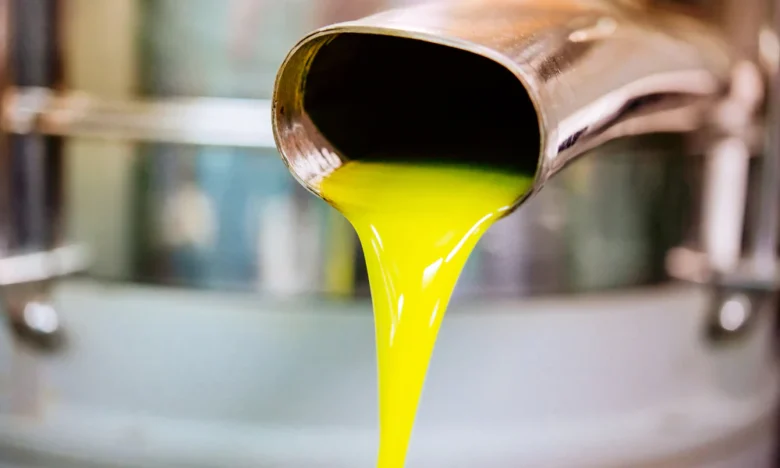
Cold extraction is a pivotal process in producing extra virgin olive oil, designed to preserve its nutritional value and sensory attributes. This method keeps temperatures below 27°C during extraction, preventing the degradation of flavors and health-promoting antioxidants. By avoiding heat, it retains its complex bouquet of aromas and its rich nutritional profile, including vitamins and polyphenols. This gentle extraction method underscores the commitment to quality that defines extra virgin olive oil, ensuring that each drop captures the essence of the fruit in its most natural and potent form. If you want a top quality product in this niche please visit https://morocco-gold.com/.
Decanting and Filtration: Refining the Oil
After extraction, the oil undergoes decanting and filtration to remove impurities and moisture, enhancing its clarity and stability. Decanting allows particles to settle naturally, while filtration can vary in intensity, from light filtering to retain more flavor compounds to more thorough processes for clarity. This stage is crucial for achieving the desired purity and shelf life, ensuring that the product maintains its quality and taste over time. The refinement process reflects the meticulous attention to detail that characterizes the production of extra virgin olive oil, ensuring that only the finest product reaches the consumer.
Quality Standards: Understanding Extra Virgin Classification
The term “extra virgin” denotes the highest quality in olive oil, subject to strict standards. These criteria include low acidity, no defects in flavor or aroma, and extraction by mechanical means without the use of chemicals or excessive heat. Regulatory bodies conduct rigorous testing to ensure compliance, assessing chemical composition and sensory characteristics. This classification is a guarantee of excellence, assuring consumers of its purity, nutritional value, and sensory qualities.
Storage and Bottling: Maintaining Freshness and Integrity
Proper storage and bottling are essential for preserving the freshness and integrity of extra virgin olive oil. Exposure to light, air, and heat can degrade its quality, leading to oxidation and loss of flavor. To combat this, it is stored in stainless steel containers under controlled conditions before bottling. Dark glass bottles, tin containers, or even nitrogen-sealed packaging are used to protect the oil from light and oxygen.
Exploring Varieties: Regional Influences and Flavor Profiles
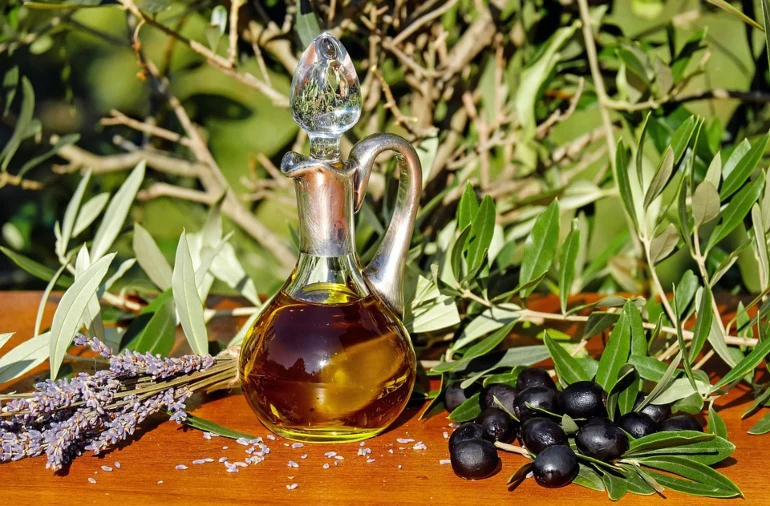
Extra virgin olive oil is celebrated for its diverse flavor profiles, influenced by the olive variety, terroir, and production methods. From the peppery notes of Tuscan oils to the fruity aromas of Andalusian varieties, each product offers a unique sensory experience. These differences are a reflection of the local climate, soil, and olive species, with each region producing oils with distinctive characteristics.
Health Benefits of Extra Virgin Olive Oil
Extra virgin olive oil is not only prized for its flavor but also for its health benefits. Rich in monounsaturated fats, antioxidants, and anti-inflammatory compounds, it has been linked to a lower risk of heart disease, improved cholesterol levels, and enhanced metabolic health. The presence of polyphenols, in particular, contributes to its antioxidant properties, offering protection against oxidative stress and chronic disease.
Sustainable Practices in Olive Oil Production
Sustainability in olive oil production is gaining traction, with producers adopting practices that minimize environmental impact. These include water conservation, organic farming, and the use of renewable energy sources. By focusing on sustainability, producers not only ensure the health of their orchards and the surrounding ecosystem but also meet the growing consumer demand for environmentally responsible products. These efforts reflect a commitment to preserving the natural heritage of olive oil production for future generations, ensuring that this ancient tradition continues to thrive in harmony with the planet.
Culinary Tips: Using Extra Virgin Olive Oil in Everyday Cooking
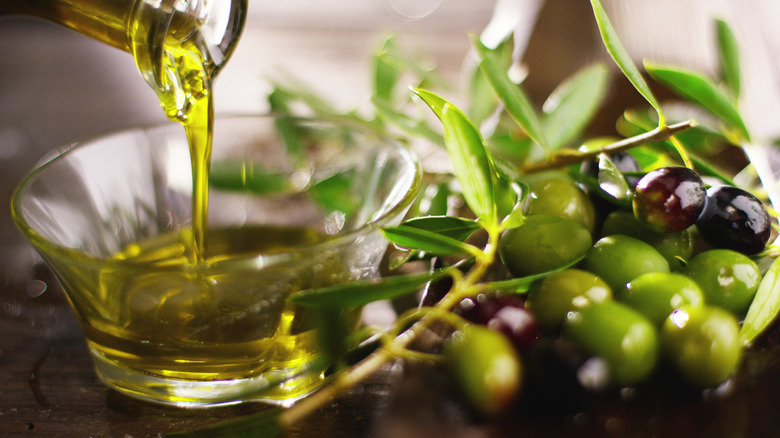
Extra virgin olive oil is a versatile ingredient that can elevate any dish, from simple salads to complex sauces. Its rich flavor profile makes it ideal for dressings, marinades, and finishing touches on dishes. However, to preserve its nutritional benefits and taste, it’s best used at low to moderate cooking temperatures. Experimenting with different varieties can also enhance your culinary creations, adding nuanced flavors that complement various ingredients.

